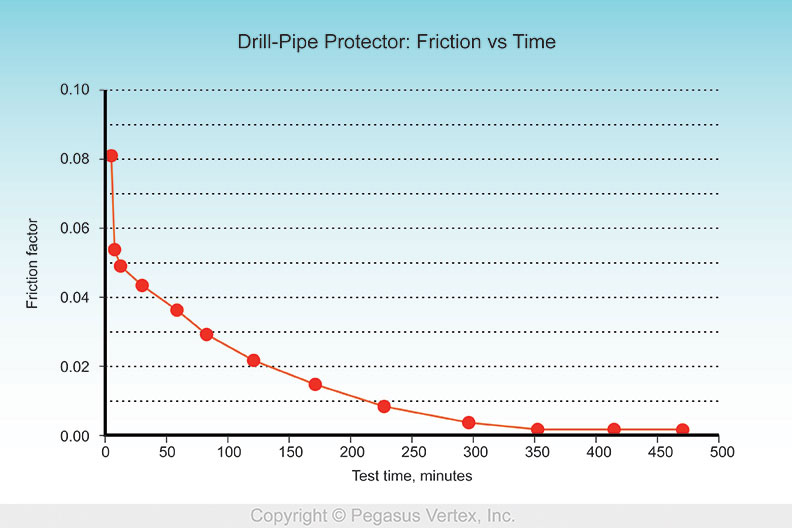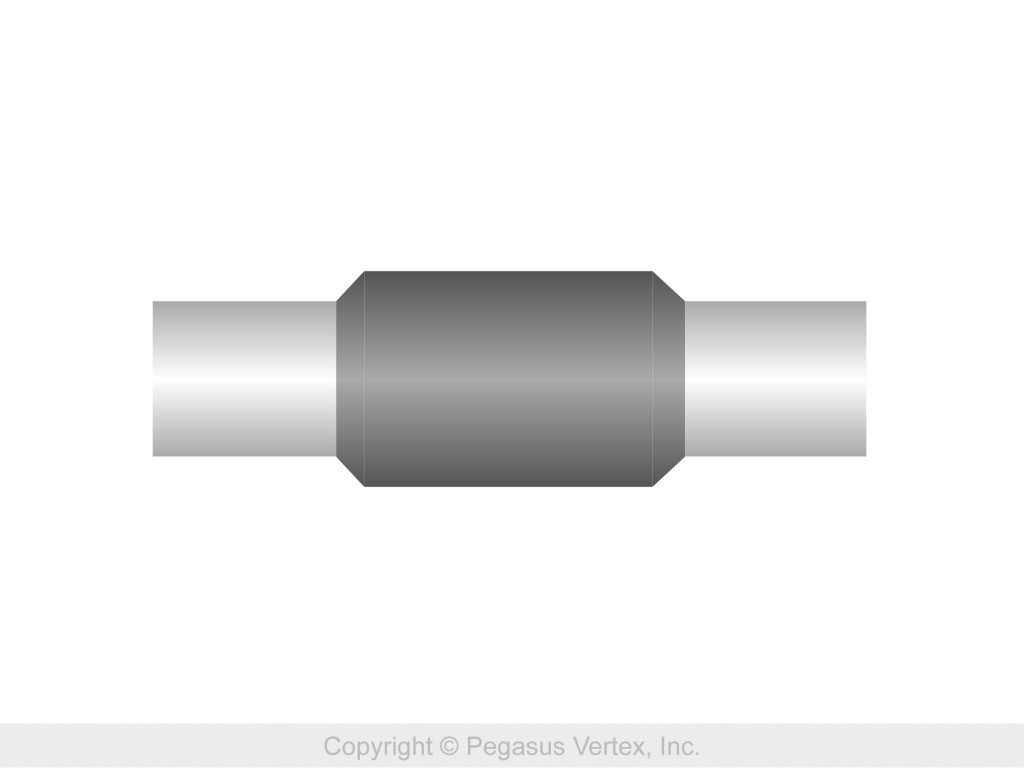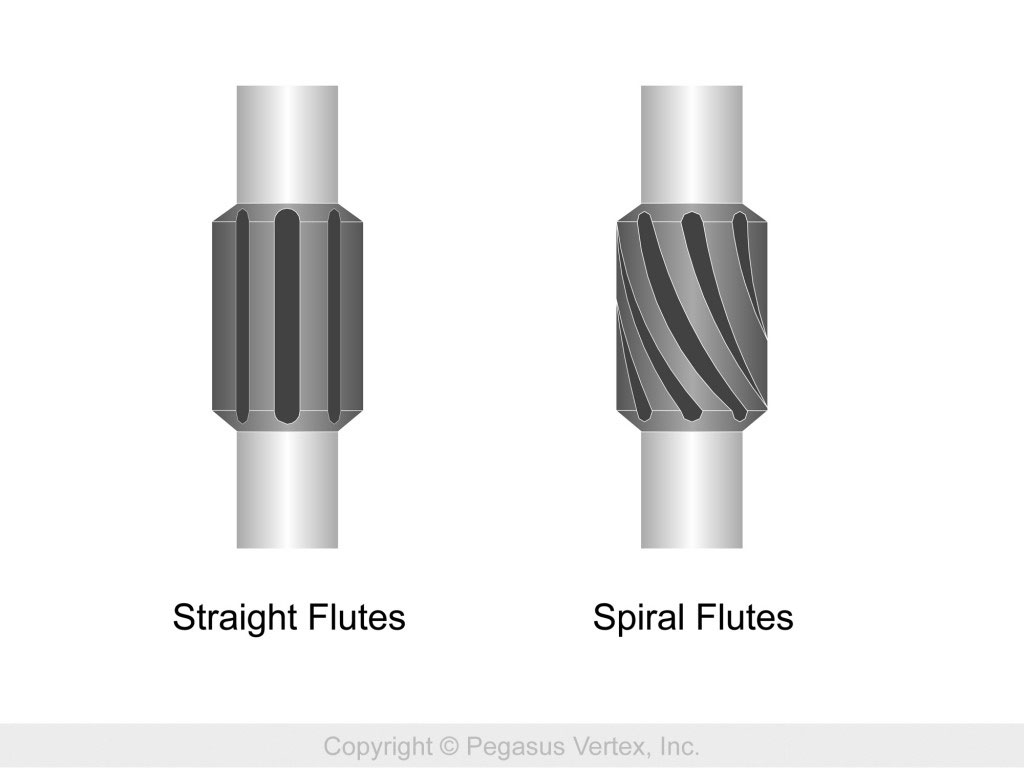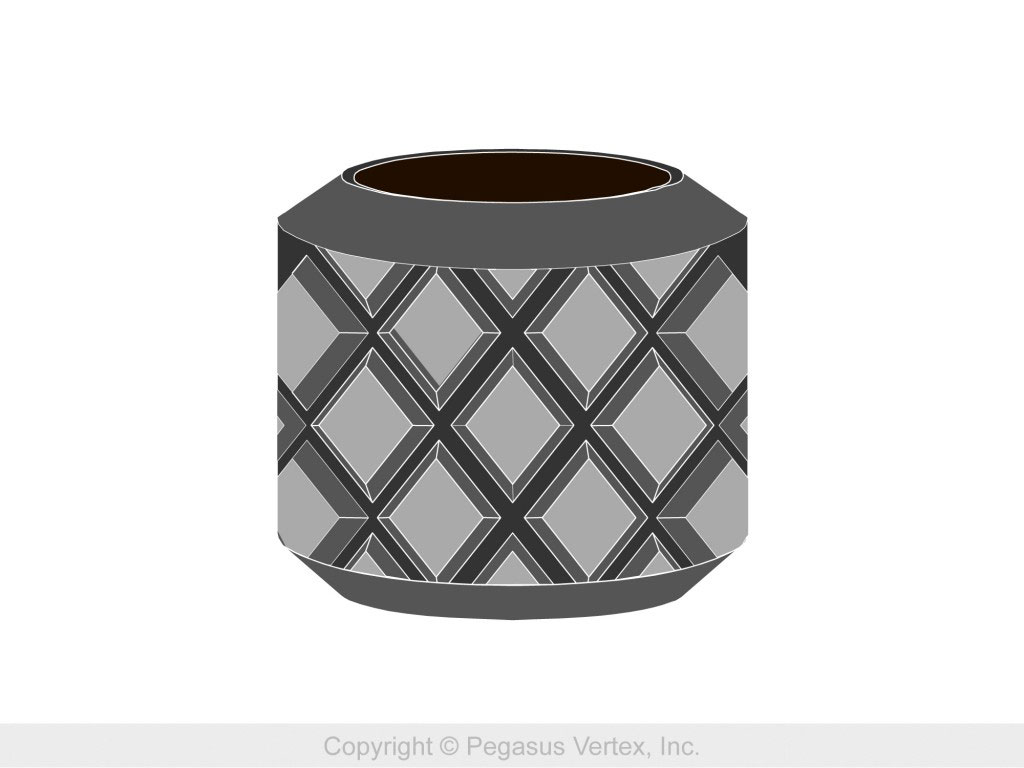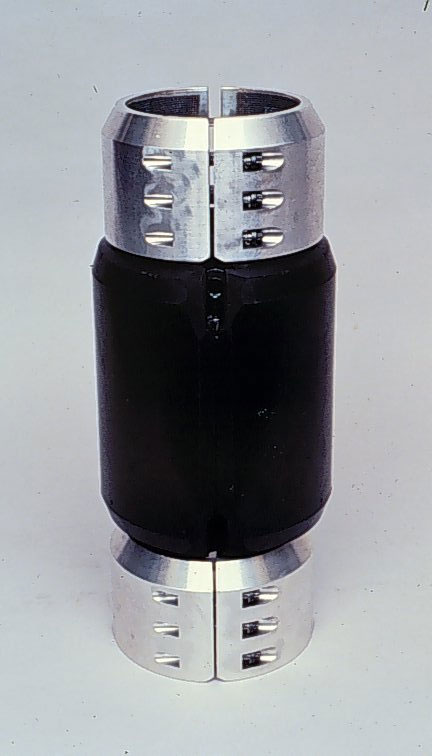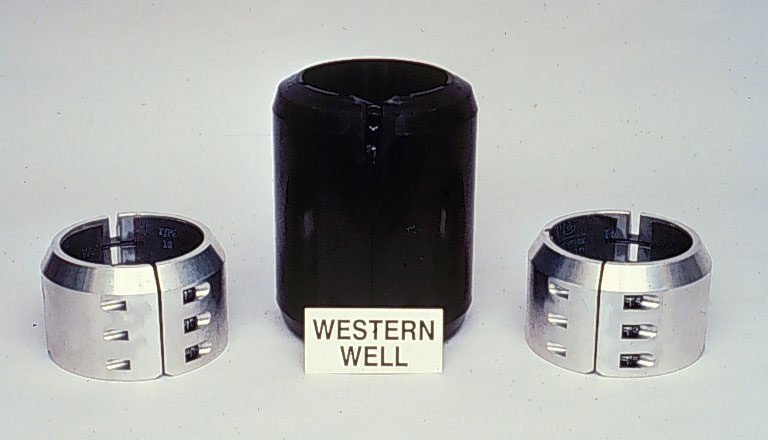If rubber pipe protectors can be used, they will greatly reduce wear in intermediate casing. However, if they are to be used, it is recommended that they not be run during the first bit run out of casing. Running rubber protectors in newly installed casing, they will encounter high frictional resistance to rotation. This is caused by the layer of mill scale and rust on the surface of the new casing. Until this layer is removed, the coefficient of friction will be very high, and, in some cases, Hade made it impossible to rotate the drill string.
This behavior is pictured in Figure 1.
If analysis of the directional survey and drilling program indicates that casing wear will be a problem, it is recommended that 2 protectors be used on each drill pipe: one on one end of the pipe, and the other at the middle of the pipe.
CWPRO was developed to conduct this analysis. The results of a CWPRO analysis will indicate exactly where and how severely casing wear can be expected.
A typical rubber pipe protector is shown in Figure 2. Since these rubber protectors will tend to restrict mud flow up the hole, some manufacturers have cut `flow channels’ in their protectors to reduce their flow resistance. Figure 3 shows two configurations of a `fluted’ protector. The one on the left, with the `straighter’ flutes will offer slightly less flow resistance to the drilling fluid, but will be a source of drillstring vibrations. Therefore, the `spiral fluted’ protector on the right is preferable.
Still better, both from the standpoints of flow resistance and vibration, is the configuration shown in Figure 4. We used to refer to this configuration as our `tractor tire’.
All these drill pipe protectors are clamped to the drill pipe, and rotate with it. Another option is a system where the body of the protector is stationary with respect to the casing. The body of the protector rotates in two end bearings, which are clamped to the drill pipe. This avoids the uncertain friction generated by rotation of the body of the protector with respect to the casing.
Western Well Tool developed such a `non rotating’ pipe protector which was quite successful. This unit, shown in Figure 5, consists of three pieces: Two end pieces which are clamped to the drill pipe, and a rubber center section which rotates between these end pieces. The end pieces provide low friction bearings upon which the center body rotates. These three pieces are shown in Figure 6.
Western Well Tool non rotating protectors have been used in several wells (that I know of) to remedy the excessive torque required to rotate the drill string.

